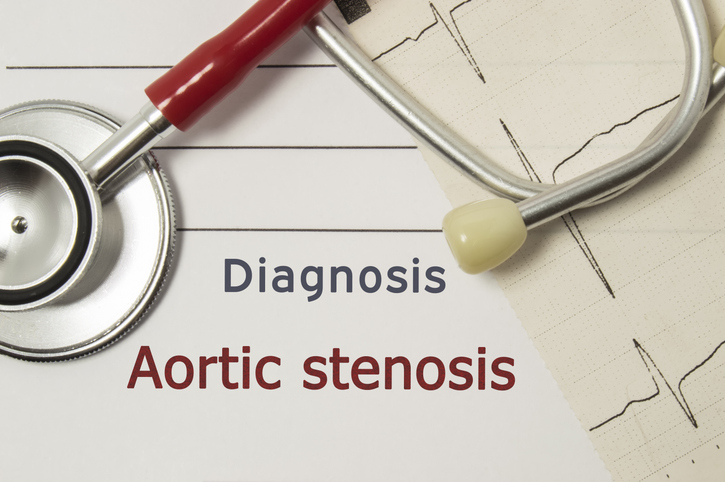
At TCT 2024, the results of the EARLY TAVR trial introduced a potential paradigm shift in managing asymptomatic high-gradient severe aortic stenosis (AS) with preserved left ventricular ejection fraction (LVEF). Published concurrently in The New England Journal of Medicine, the study assessed whether early intervention with transcatheter aortic valve replacement (TAVR) with the Edwards balloon-expandable valve could benefit patients who traditionally undergo clinical surveillance.
EARLY TAVR is the first randomized, controlled trial to compare early TAVR with clinical surveillance for asymptomatic severe AS patients. The study was conducted across 75 sites and enrolled 901 patients aged 65 and older with severe, high-gradient AS and an LVEF ≥ 50%. These patients were randomly assigned to either early TAVR with the SAPIEN 3 or SAPIEN 3 Ultra valves (Edwards Lifesciences) or clinical surveillance with routine monitoring every 6 to 12 months. Key eligibility criteria included asymptomatic status confirmed by a negative treadmill stress test or clinical assessment for patients unable to perform the test. The enrolled population was a young and low-risk cohort with a mean age of 75.8 years and a mean Society of Thoracic Surgeons Predicted Risk of Mortality score of 1.8%. The trial did not include patients with reduced left ventricular ejection fraction or low-gradient AS.
The primary endpoint of the study included all-cause mortality, any stroke, or unplanned cardiovascular hospitalization, with a median follow-up of 3.8 years. Results demonstrated a significant benefit for early TAVR, with 26.8% of TAVR patients versus 45.3% of surveillance patients experiencing a primary endpoint event (HR 0.50; 95% CI, 0.40-0.63; p < 0.001). This was largely driven by unplanned cardiovascular hospitalizations, which included the need for aortic valve replacement in the first 6 months and occurred in 20.9% of the TAVR group compared to 41.7% in the surveillance group, highlighting a substantial reduction in acute events with early intervention.
Secondary outcomes reinforced these findings, showing higher rates of favorable health status in the TAVR group at two years, defined by a Kansas City Cardiomyopathy Questionnaire (KCCQ) score of ≥ 75 and minimal reduction from baseline. Left ventricular and atrial structural health, as measured by global longitudinal strain, LV mass index, and LA volume index, also showed favorable outcomes with early TAVR compared to surveillance, pointing to preserved cardiac function.
Over the course of the study, 87% of patients in the surveillance arm eventually required valve replacement, often following symptomatic decline, which underscores the potential for delayed progression in asymptomatic AS. The trial’s results suggest that early TAVR may not only lower the rate of adverse cardiovascular events but may also prevent the development of advanced symptoms and structural cardiac deterioration.
EARLY TAVR’s findings provide a compelling argument for revisiting management strategies in asymptomatic severe AS, although a more granular understanding of the natural history of asymptomatic severe AS is needed before indiscriminately deploying TAVR for all such patients. The rate of acute decompensation and LV/LA structural deterioration in the conservative arm is alarming but was not experienced by everyone. A risk prediction model to prospectively identify asymptomatic severe AS patients who are likely to deteriorate would help prioritize early TAVR in such a high-risk group. Ultimately, the ideal candidate for early TAVR would have low procedural risk (i.e., amenable transfemoral access, low risk of coronary rupture, adequate sinuses and coronary heights, normal baseline conduction, etc.), root anatomy suitable for downstream valve-in-valve TAVR, and predictably high risk for deterioration with surveillance alone. Further investigation is needed to help identify the latter group.
References
Généreux P, Schwartz A, Oldemeyer JB, et al; for the EARLY TAVR Trial Investigators. Transcatheter Aortic-Valve Replacement for Asymptomatic Severe Aortic Stenosis. N Engl J Med. 2024; DOI: 10.1056/NEJMoa2405880. Published online October 28, 2024.







 © 2025 Mashup Media, LLC, a Formedics Property. All Rights Reserved.
© 2025 Mashup Media, LLC, a Formedics Property. All Rights Reserved.